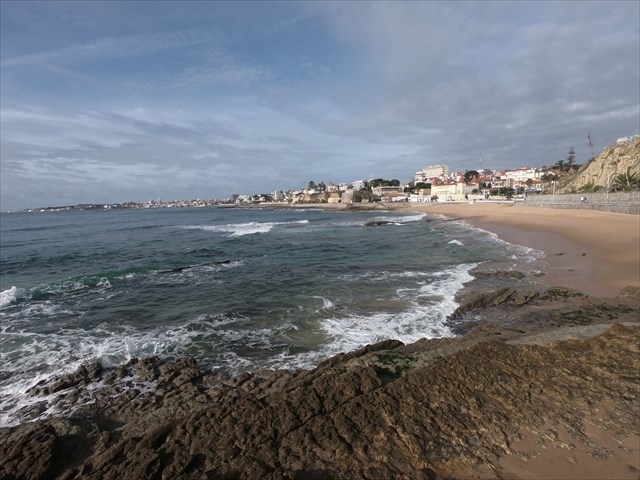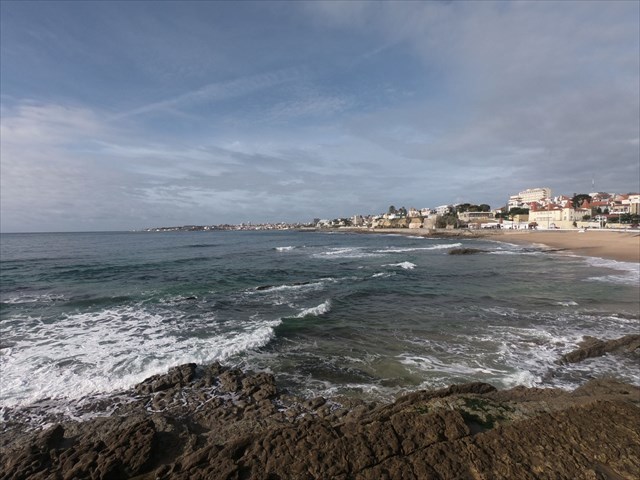CALCITE – DP/EC OneO’Five

Calcite is derived from the German Calcit, a term coined in the 19th century from the Latin word for lime, calx (genitive calcis) with the suffix -ite used to name minerals.
Calcite is a carbonate mineral and the most stable polymorph of calcium carbonate (CaCO3). The Mohs scale of mineral hardness, based on scratch hardness comparison, defines value 3 as "calcite". Other polymorphs of calcium carbonate are the minerals aragonite and vaterite. Aragonite will change to calcite at 380–470 °C, and vaterite is even less stable.

Properties
Calcite crystals are trigonal-rhombohedral, though actual calcite rhombohedra are rare as natural crystals. However, they show a remarkable variety of habits including acute to obtuse rhombohedra, tabular forms, prisms, or various scalenohedra. Calcite exhibits several twinning types adding to the variety of observed forms. It may occur as fibrous, granular, lamellar, or compact. Cleavage is usually in three directions parallel to the rhombohedron form. Calcite is transparent to opaque and may occasionally show phosphorescence or fluorescence. A transparent variety called Iceland spar is used for optical purposes. Single calcite crystals display an optical property called birefringence (double refraction). This strong birefringence causes objects viewed through a clear piece of calcite to appear doubled. Calcite, like most carbonates, will dissolve with most forms of acid. Calcite can be either dissolved by groundwater or precipitated by groundwater, depending on several factors including the water temperature, pH, and dissolved ion concentrations. (Source)
Uses
The properties of calcite make it one of the most widely used minerals. It is used as a construction material, abrasive, agricultural soil treatment, construction aggregate, pigment, pharmaceutical and more. It has more uses than almost any other mineral.
Calcite as Limestone and Marble
Limestone is a sedimentary rock that is composed primarily of calcite. It forms from both the chemical precipitation of calcium carbonate and the transformation of shell, coral, fecal and algal debris into calcite during diagenesis. Limestone also forms as a deposit in caves from the precipitation of calcium carbonate.
Marble is a metamorphic rock that forms when limestone is subjected to heat and pressure. A close examination of a broken piece of marble will usually reveal obvious cleavage faces of calcite. The size of the calcite crystals is determined by the level of metamorphism. Marble that has been subjected to higher levels of metamorphism will generally have larger calcite crystals. (Source)
The EarthCache
You are at an outcrop of a dyke of basaltic rock that was intruded during the same episode as the Complexo Vulcânico de Lisboa (CVL) during the Upper Cretaceous with a isotopic age of 72.6+/- 3.1 Ma (Terrinha et al., http://lxrisk.cm-lisboa.pt/caract_geo_amb.html ).
This dyke, due to cooling has developed multiple fracture sets that are now filled with calcite. You will recognise the calcite by its orange colour (result of Fe-Oxide staining) or white when fresh particularly on a broken surface.
To validate your FOUND in this cache you have to answer the following questions:
- 1- Measure the range of variation of the calcite veinlets.
- 2- Are these veinlets mostly installed in one direction or more than one?
- 3- The internal structure of the veinlets is massive (solid), fibrous or hollow?
Remember: No photos of the calcite so as to give away the answers!
Note: Slippery surface! Danger of falling! Do not take unnecessary chances! Watch out for the tides!

Calcite é um mineral com composição química CaCO3, com clivagem perfeita e romboédrica.
Fórmula: CaCO3
Dureza na escala de Mohs: 3.
Peso específico: 2,6 - 2,8.
Cor: incolor, branca

Cor do traço: branco.
Brilho: vítreo.
Cristais: trigonal.
Clivagem: perfeita, em três direções.
Origem: hidrotermal, sedimentar.
Etimologia: do latim calx, cal queimada.
Reage fortemente com ácido clorídrico, mesmo diluído e a frio
Calcite é um mineral de carbonato e o polimorfo mais estável de carbonato de cálcio (CaCO3). A escala de Mohs de dureza mineral, com base na comparação da dureza do risco, define o valor 3 como "calcite". Outros polimorfos do carbonato de cálcio são os aragonite minerais e vaterite. Aragonite converte para calcite a 380-470 ° C, e a vaterite é ainda menos estável.
A EarthCache
Estás em cima de um de um dique de basalto que foi invtruído durante o mesmo episódio do Complexo Vulcânico de Lisboa (CVL) durante o Cretáceo Superior com idade isotópica de 72,6 +/- 3,1 Ma (Terrinha et al., http: //lxrisk.cm-lisboa.pt/caract_geo_amb.html).
Este dique, devido ao seu arrefecimento, desenvolveu múltiplos conjuntos de fraturas que agora são preenchidos com calcite. Reconhecerás a cacite pela sua cor laranja (resultado da coloração com óxidos de ferro) ou branco quando está fresca numa superfície quebrada.
Para validar o teu registo nesta cache, tens de responder às seguintes perguntas:
1- Qual a gama de espessura dos veios de calcite?
2- Diz-me se os veios estão implantados numa só direcção ou se mais de uma?
3- A estrutura interna dos veios é maciça (sólida), fibrosa ou oca?
Lembra-te: Nada de fotos da calcite de forma dar as respostas!
NOTA: Piso escorregadio! Perigo de quedas! Não arrisques! Atenção às marés!

 The most exciting way to learn about the Earth and its processes is to get into the outdoors and experience it first-hand. Visiting an Earthcache is a great outdoor activity the whole family can enjoy. An Earthcache is a special place that people can visit to learn about a unique geoscience feature or aspect of our Earth. Earthcaches include a set of educational notes and the details about where to find the location (latitude and longitude). Visitors to Earthcaches can see how our planet has been shaped by geological processes, how we manage the resources and how scientists gather evidence to learn about the Earth. To find out more click HERE.
The most exciting way to learn about the Earth and its processes is to get into the outdoors and experience it first-hand. Visiting an Earthcache is a great outdoor activity the whole family can enjoy. An Earthcache is a special place that people can visit to learn about a unique geoscience feature or aspect of our Earth. Earthcaches include a set of educational notes and the details about where to find the location (latitude and longitude). Visitors to Earthcaches can see how our planet has been shaped by geological processes, how we manage the resources and how scientists gather evidence to learn about the Earth. To find out more click HERE.